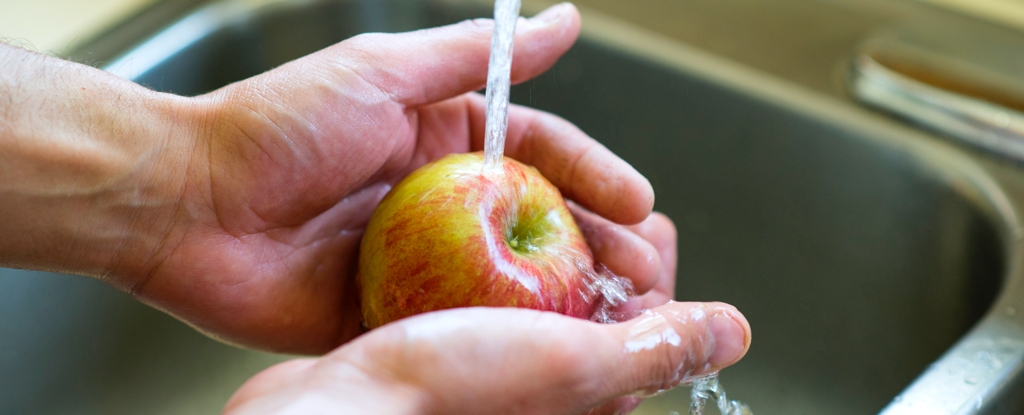Key insights
-
1
Importance of Clean Water
The microbiologist highlights that using clean, cold water is essential for washing fruits and vegetables as it helps remove dirt and some pathogens.
-
2
Avoiding Soap or Detergent
It is advised against using soap or detergent for washing produce, as these substances can leave residues that are not safe for consumption.
-
3
Effectiveness of Rubbing and Scrubbing
For fruits and vegetables with tougher skins, scrubbing with a brush can help remove more contaminants compared to simply rinsing.
-
4
Soaking for Certain Types of Produce
Soaking leafy greens and other delicate produce in a bowl of clean water can help loosen and remove dirt and microorganisms.
-
5
Use of Vinegar or Baking Soda
Adding vinegar or baking soda to the washing water can enhance the removal of pesticide residues and bacteria, though it is not strictly necessary.
Takeaways
By following the microbiologist's recommendations for washing fruits and vegetables, consumers can significantly reduce the risk of ingesting harmful pathogens and pesticide residues. Clean water, proper scrubbing techniques, and optional use of natural cleaning agents like vinegar or baking soda are key to ensuring food safety.

